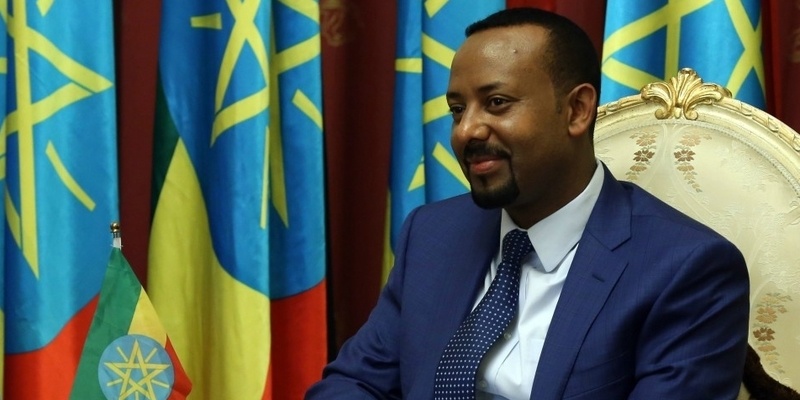Warka Tower: Ethiopia’s Tower That Draws 100 L of Pure Water From Thin Air!
In rural Ethiopia, where fetching water can take up to six hours a day and what’s found is often unsafe, architect Arturo Vittori saw more than just a problem, he saw the need for a sustainable solution. That led to the birth of Warka Tower, developed under his non-profit, Warka Water. The tower is a 9.5-meter tall, 80-kilogram lightweight structure made mostly of bamboo and mesh, specifically designed to extract water from the atmosphere. The key idea? Use natural elements, humidity, fog, and dew and a clever design to capture, condense, and collect water without electricity or complex infrastructure.How It Works: From Air to Drinkable WaterThe Warka Tower operates on a simple yet powerful concept: it pulls moisture from the air. A special mesh net at the center of the structure traps water vapour, which condenses into droplets as temperatures change. These droplets slide down into a reservoir at the bottom. To reduce water loss through evaporation, a canopy shades the lower section. The entire design is modular, easy to assemble by locals, and made with biodegradable materials. It can produce up to 100 litres of potable water per day, enough to serve the needs of an entire village in many parts of the world.A Model That’s Spreading Across the GlobeWhile it was first conceptualized in Ethiopia, the Warka Tower is now being adopted in other water-scarce regions, including Haiti, Madagascar, Colombia, India, Brazil, and Sumba. Each location adapts the design slightly depending on climate and material availability, but the mission remains the same: provide clean water where it’s needed most.Its low cost, easy maintenance, and minimal environmental impact make it a practical solution, especially in off-grid rural areas where traditional infrastructure is either too expensive or impossible to implement.Warka Water is not just about solving water scarcity. The non-profit has launched multiple integrated projects to uplift marginalized communities. Warka House provides eco-friendly, durable homes made from natural materials. Warka Garden promotes sustainable food systems through community farming. Warka Solar brings renewable energy to places without electricity. The organization also supports healthcare and sanitation by building clinics and toilets, creating a more dignified and functional living environment for marginalized populations. The goal is clear: use smart, sustainable design to address multiple basic needs in one ecosystem.The Warka Tower shows that innovation doesn’t need to be high-tech to have a high impact. By blending nature, design, and purpose, this bamboo-based water harvester is proving that real-world problems can be solved with simple, scalable solutions. And with 100 litres a day being pulled straight from the air, it’s already reshaping the future of clean water access.

